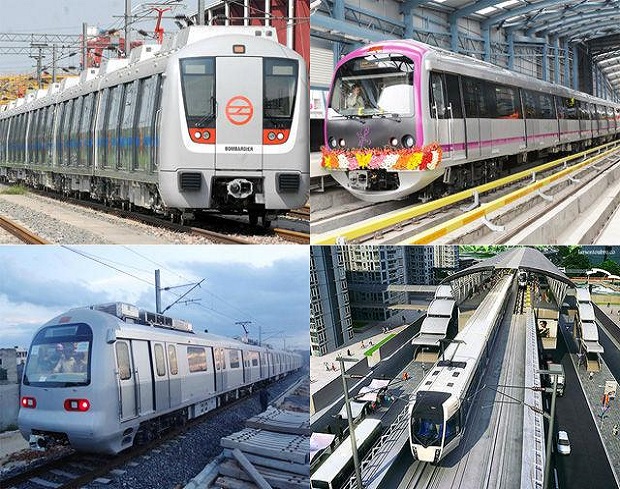[vc_row][vc_column width=”2/3″][vc_column_text]The SGR debate on both print and social media has been extremely stimulating over the last two weeks, peppered largely by opinion, bias and, in a few entertaining posts, actual experience. But as Bitange Ndemo aptly covered in his opinion piece in this paper last Wednesday, the greater opportunity here is the potential to convert the real estate within and surrounding the SGR stations into catalysts for a 24-hour economy.
The aviation industry already does this well by utilizing airports as retail hubs. Data from Airports Council International shows that 44% of global airport revenue comes from non-aeronautical services offered within an airport. With millions of passengers travelling in and out of this prime real estate, concessions within the airport have a captive market made up of customers who want to eat, drink or just shop. The numbers are revealing: 54% of global concessions are dedicated to selling food and drink, 36% to non-duty free items and only 10% are dedicated to duty free sales.
In the United Kingdom, Network Rail is the owner and operator of Britain’s rail infrastructure with over 1.7 billion journeys taken by passengers annually. Over 30 passenger and freight train operators use the rail infrastructure, which thus requires Network Rail to maintain the tracks and signals at optimal performance for both efficiency and safety. It does this through an investment of £50 billion (Kshs 6.7 trillion) in not only the train related infrastructure, but also the stations through which passengers flow. Just like our very own Kenya Railways, Network Rail is one of the largest land and property owners in Britain and between 2009 and 2014 it generated £1.4 billion (Kshs 187.6 billion) from commercial activities that it reinvested in its rail estate. It generates revenue in commercial activities by leveraging off the 510,000 square feet of retail space at 18 of the largest stations across the country that enjoy a combined annual footfall of about a billion people.
This is where it gets interesting. Network Rail reported that the retail sales at its train stations showed a growth of 5.6% compared to high street retail sales of just 0.75% in the same period in 2014. One way of explaining this could be the fact that online retail sales are growing at a similar rate, creating a decline in mall and high street footfall. What’s obvious though is that your railway passenger,who might have become an online shopper, still has to travel to and from work or visit family and their presence at a railway station is an enormous opportunity to get a share of their wallet.
Based on the social media narrations of those who’ve taken the Madaraka Express to and from Nairobi, a number of passengers have missed the train due to inevitable traffic delays en route to the station. In the aviation industry, “dwell time” refers to the time passengers have to mill about the airport waiting to board a plane and is used as an indicator of potential retail spend. The distance of the SGR stations from the CBD both in Nairobi and Mombasa speaks to the obvious fact that passengers will now have to get to stations earlier if they want to catch the train without huffing and puffing their way to a heart stopping screeching embarkation two minutes before departure. Classic dwell time opportunity lies here for retail operators within and proximate to the airport to tap into not only SGR passenger wallets, but the neighboring residents as well.
Network Rail for instance has been using sensor technology at its busiest stations that has revealed that there are tens of millions more visitors in addition to passengers at the stations, who come to shop, eat and drink. From Syokimau to Miritini and every station in between, Kenya Railways can transform the lives of small business owners through concessions at its prime commercial real estate at the SGR stations in much the same way its predecessor line created bustling towns from Mombasa to Kisumu at the turn of the 20th century. By ensuring that only quality operators provide these critical services relating to dining and shopping, Kenya Railways can set a benchmark for the retail business model in Kenya.
Twitter: @carolmusyoka[/vc_column_text][/vc_column][vc_column width=”1/3″][/vc_column][/vc_row]

 carolmusyoka consultancy
carolmusyoka consultancy
 @carolmusyoka
@carolmusyoka

